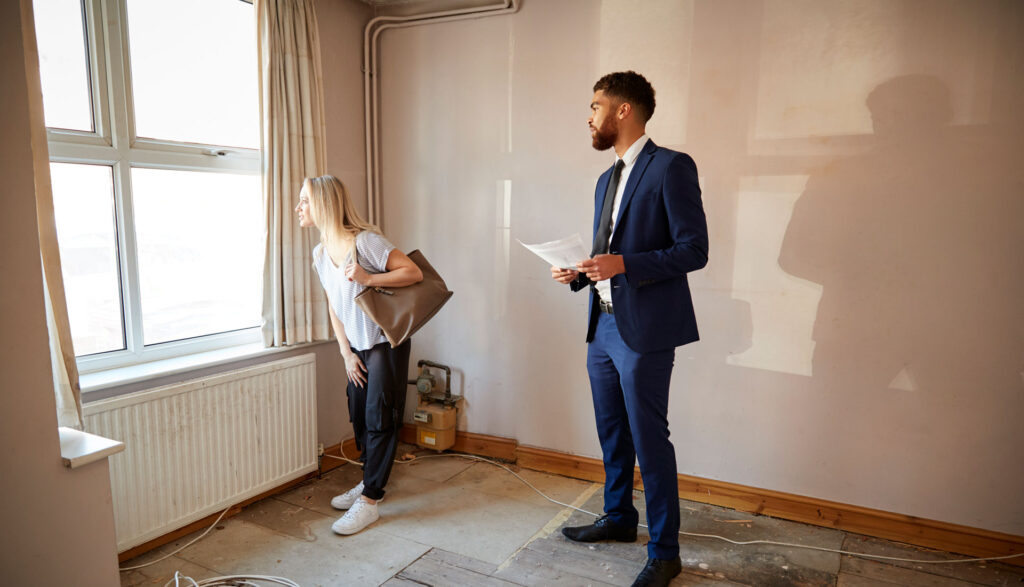Inspecting a Property for Damp: The Ultimate Guide
If you have managed to find the perfect London property that is in the right location and within your price range, there are a few things you need to do in order to be sure the structure is in good condition. As we live in such a wet and drizzly place, it is no surprise that moisture is a homeowner’s number one enemy, and with that in mind, here is our guide to carrying out a damp survey.
Tools and equipment
To carry out a damp survey, you will need the following:
- Flashlight – To get a close up of those hard-to-reach places, you need a powerful flashlight. If you don’t have one, there are some cool rechargeable torches online that can be used for many things.
- Moisture meter – Not absolutely essential, but it is nice to be able to measure the moisture content in plaster and timber. The pin moisture meter is preferable to the pinless variety; they can be found online and you will find it useful over the years.
- Screwdriver – Used to prod and poke brick, mortar and masonry, looking for signs of penetrating damp.
- Ladder – In order to check the upper levels of exterior walls, an aluminium ladder is invaluable; if you are comfortable with heights, check the roof guttering for blockages and look for missing roof shingles.
- Borescope camera – Again, not essential, but a peephole camera can look under floorboards and in the loft. Professional surveyors use this device and it might come in handy for other uses.
- Humidity tester – A device to measure the moisture content in the air, this is a must for older properties that have a basement; check out the online stores for the best deals.
We think you should take some photos with your smartphone if you find things and you are unsure if it is damp-related. Our surveyors always take hi-res images to show the customer; remember to enable the flash and set to the highest resolution, then an expert can zoom in to examine surfaces.
Locations to inspect
Starting at ground level, inspect the exterior brickwork at ground level, removing moss growth to test the integrity of brick, mortar and render. You should be able to see a dark line between two courses of bricks, which is a damp proof course (DPC); older properties would have thick bitumen as DPC while newer builds would use a heavy grade plastic. If the DPC membrane is compromised, rising damp will follow, moisture moves with a capillary action, climbing brickwork and render, damaging timber when it reaches window frames. The roof could have a few missing or broken shingles, try to inspect all of the roof; our surveyors use drones to get a close-up look at every part of the roof, checking guttering for blockages. Interior walls, floors and ceilings must be examined, looking for any sign of damp, and a visit to the loft to check all timbers for damp and woodworm.
There is an alternative in the form of a free damp survey from London Damp Specialists, call us on 020 7458 4864 or fill in the form on this website.
